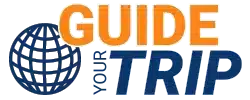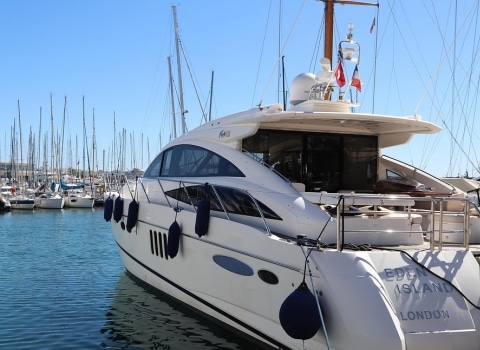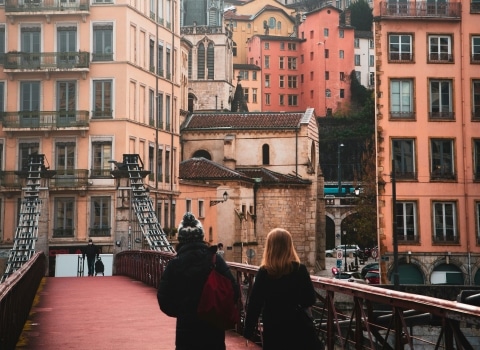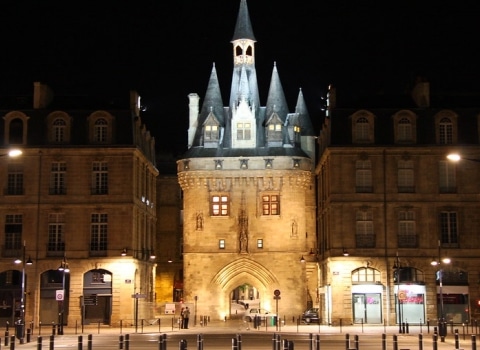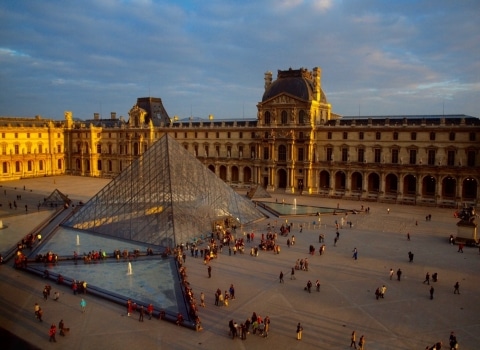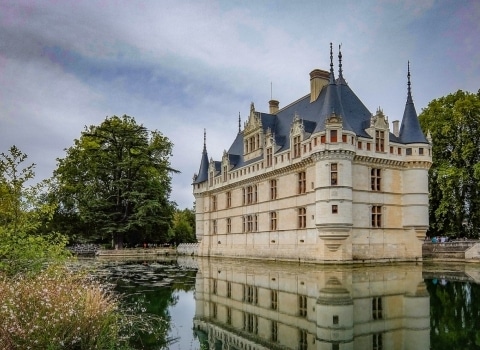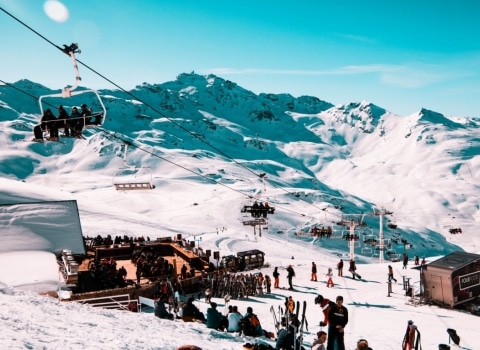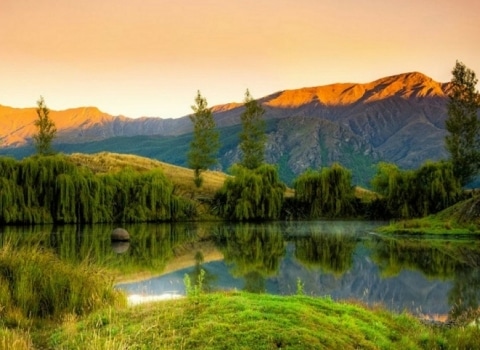A Slower Way to See the South of France
The French Riviera keeps its magnetism intact, untouched by the passing seasons. Year after year, its sunlit shores, elegant towns and layered history draw travelers from all walks of life. You can drive it, of course. Even cycle through certain stretches. But when you choose train travel along the coast, something shifts. The pace slows. The view surprises.
Following the shoreline from one town to the next, the railway slips between cliffs and villages clinging to the rock, skims quiet beaches and opens onto scenes you would likely miss otherwise. This approach to train travel along the French Riviera turns the journey itself into part of the experience. Slower, more attentive, shaped by movement rather than speed.
This guide offers a clear and practical way to explore the Côte d’Azur by rail, with suggested routes, useful tips and stops that tend to stay with you. And if the journey invites you to go beyond simply moving from A to B, letting a tour guide in Nice lead the way can add another layer, one rooted in stories, context and lived experience.

French Riviera trains: An Introduction to lines and services
There’s something unhurried about taking the train along the Côte d’Azur. Not just the pace—though that too—but the way it fits. From Nice heading west or curling toward Monaco, the line doesn’t demand attention. It hums along, as if it’s always been there, tracing the coast like memory does a shoreline.
The TER trains don’t perform. They come and go without ceremony, regular enough to forget the timetable. Doors slide open, people get on, people leave. No announcements shouted over the wind, just the soft mechanical rhythm of places changing names.
Outside the window—sometimes a flash of deep blue, sometimes just a crumbling wall baked pale by the sun. The shift between sea and stone isn’t marked. It drifts. No grand views, no dramatic reveals. Just the everyday beauty of the Riviera, passing like thought, like breath.
Here is an overview of the main lines:
- TER PACA: The regional TER—Train Express Régional—does more than string together the famous names. It reaches into the in-between places too, the quieter towns tucked a little inland or just past the usual stops. In the summer, when traffic knots the coast, it offers something else: a steady rhythm, almost unnoticed. The section from Cannes to Antibes and into Nice buzzes with life, but even so, it never feels hurried. From there, it keeps going—eastward, brushing past Monaco, edging into Menton.
- TGV: These high-speed lines weren’t made for lingering. Paris, Lyon, Marseille—they’re all drawn closer, pulled in by velocity. The TGV Méditerranée shrinks the map, five hours between capital and coast. The train slides forward so smoothly, the landscape barely seems to change. But it does. Somewhere along the way, the light softens, the air shifts, and the south begins.
- Intercités de Nuit: Night trains speak another language entirely. Paris slips into the dark without fuss, and then—hours disappear. At dawn, a different place opens up. The Paris–Nice line doesn’t announce its arrival. It just carries you there, quietly, through the folds of night. You don’t see the distance pass. You feel it’s gone.
Our tips:
- For those hopping between cities, the TER system can be a quiet ally. With the Pass Zou!, multiple rides become simpler—less thinking, more moving. It’s practical, but also oddly freeing.
- Watch for the panoramic windows in some TER cars. They’re not always obvious, but when the tracks press close to the water, something shifts. The sea doesn’t just appear—it arrives. And you feel yourself leaning toward it.
The Cannes - Grasse line: Discover the hinterland
The coast tends to draw the gaze first. Understandably. But inland, away from the glitter and shoreline traffic, there’s a different rhythm. The train linking Cannes to Grasse doesn’t take long—but the shift it offers feels wide. From salt air to lavender hills, from sea-level bustle to slow, terraced silence.
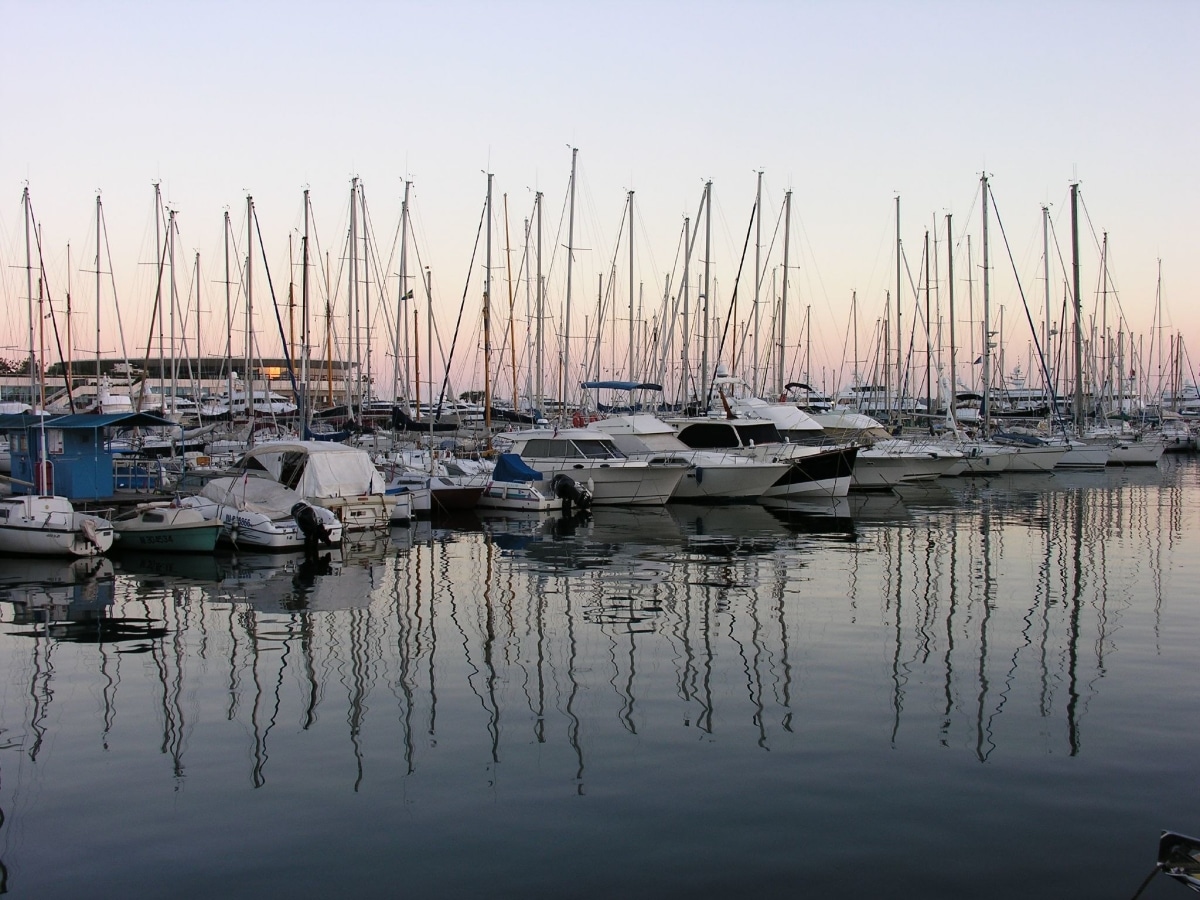
- Main stops: Along the way, it pauses in places like Mouans-Sartoux and Ranguin—names not always familiar, but that’s the charm. You step off into streets without fanfare, where shop signs creak a little and market stalls still sell by weight, not mood. Nothing grand, just real.
- Grasse: Perfume capital, yes—but that’s only part of it. The old perfumeries—Fragonard, Galimard, Molinard—still carry the scent of something handmade. It’s not just display; it’s process, history, detail. And elsewhere in town, the cathedral, the museum, the worn stone steps all speak with the same soft persistence.
Additional suggestions:
- Visit the Riviera Gardens: In Grasse, gardens aren’t just pretty—they’re practical, alive with plants destined for bottles and blends. Nearby in Mouans-Sartoux, the botanical garden feels more hushed, like a pause hidden in plain sight.
- Hiking around Grasse: Trails begin almost without warning, right near the station. Earthy paths lined with thyme, a turn revealing hills that keep folding back into each other. No dramatic climbs, just space—wide and unspoken.
The Nice - Monaco - Menton line: luxury, history and dazzling views
Between Nice and Menton, the train clings to the coast like it knows what it’s doing. It doesn’t ask for attention, but it gets it—because the scenery makes you look up. Glimpses of terracotta rooftops, yachts like silver beetles in Monaco’s harbor, gardens in Menton that seem to tilt toward the sea as if drawn there.
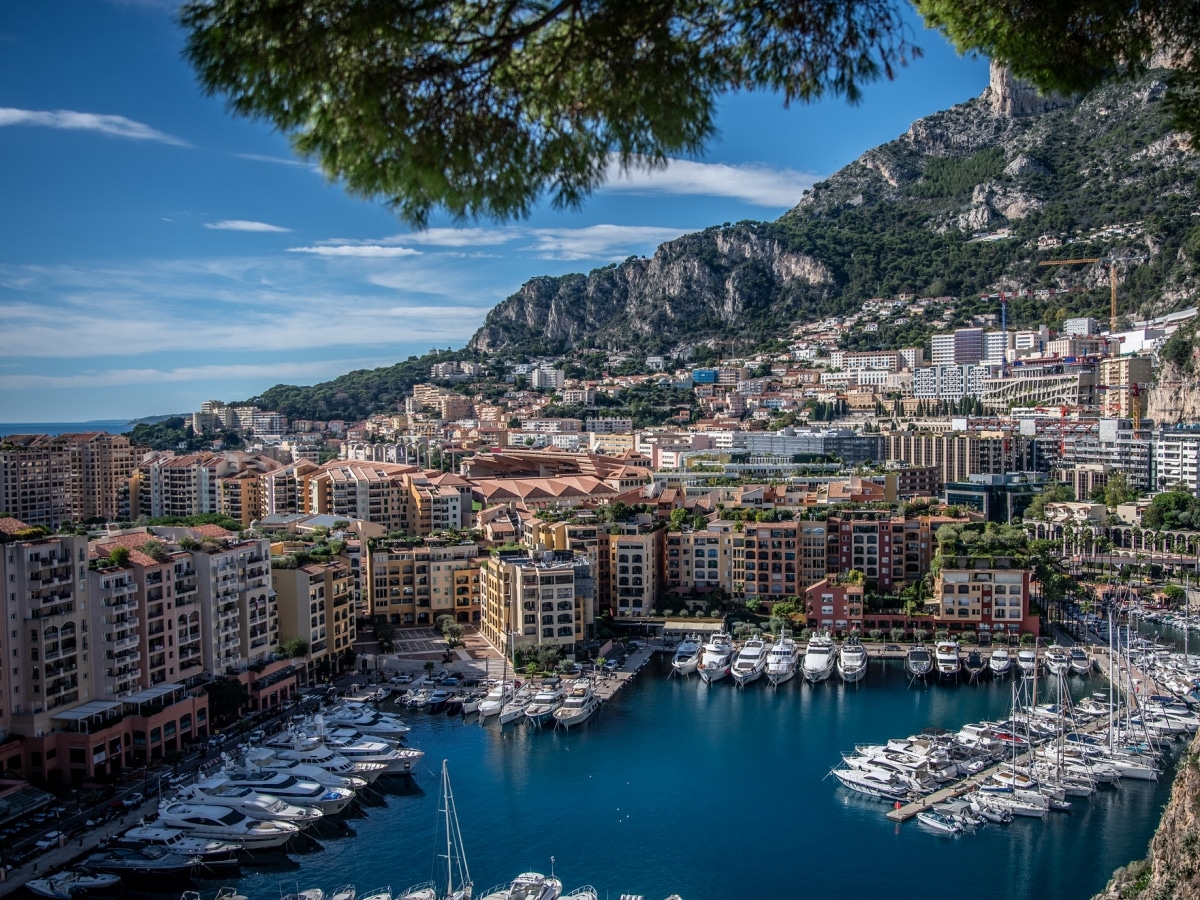
Attractions along the route:
- Monaco: The usual sparkle’s there, of course—but behind it, layers. The Prince’s Palace sits like it always has, a quiet watch above the cliffs. The Monte-Carlo Casino feels cinematic but still oddly rooted. And the Exotic Garden, high up, is where the noise thins out and the view takes over—sea below, hills behind, the air sharp and still.
- Menton: Slower, softer. Even the colors seem gentler here. It doesn’t push itself forward—just opens up gradually. Gardens bloom in defiance of season, and when winter comes, the Lemon Festival turns the streets into something almost surreal. Joy, but in a careful kind of way.
- Roquebrune-Cap-Martin: Perched and quiet, this village doesn’t care for show. Its alleys are narrow, full of shadow. The walls breathe history without telling it. And the old castle? Still there—more presence than monument.
Additional points of interest:
- Nice: Before heading out, the old town pulls you in. Markets unroll like habits. Shutters hang loose in the sun. The Promenade des Anglais keeps its pace slow, steady—almost like the sea beside it. Nice doesn’t ask you to hurry, and that’s part of the charm.
- Villefranche-sur-Mer: It barely announces itself. Cradled by hills, folded into the bay, the village feels like a breath held in. Mornings stretch long here. Evenings arrive slowly. Walk the quay, say little—let the light do the talking.
The wonder train: Discovering the Mercantour
* closed for renovations from September 2, 2024, until the end of 2025.
The Train des Merveilles doesn’t follow the coast. It pulls away—gradually at first—then vanishes into something else entirely. From Nice to Tende, the ride stretches into another world. Two hours, maybe a bit more, with the train weaving through tunnels that feel like passages in time, crossing bridges so high the ground seems distant, almost imagined.
This isn’t a commuter’s line. It draws a different kind of traveler—those looking for trails, stories carved in stone, ruins folded into cliffs. Somewhere along the ascent, the urban edges fall away. Pines take over. Silence thickens.
Near the top, the tracks brush against the edge of Mercantour Park. The land feels untouched—not remote in the usual way, just vast. A kind of space that doesn’t hurry to explain itself. You feel small, but not lost.
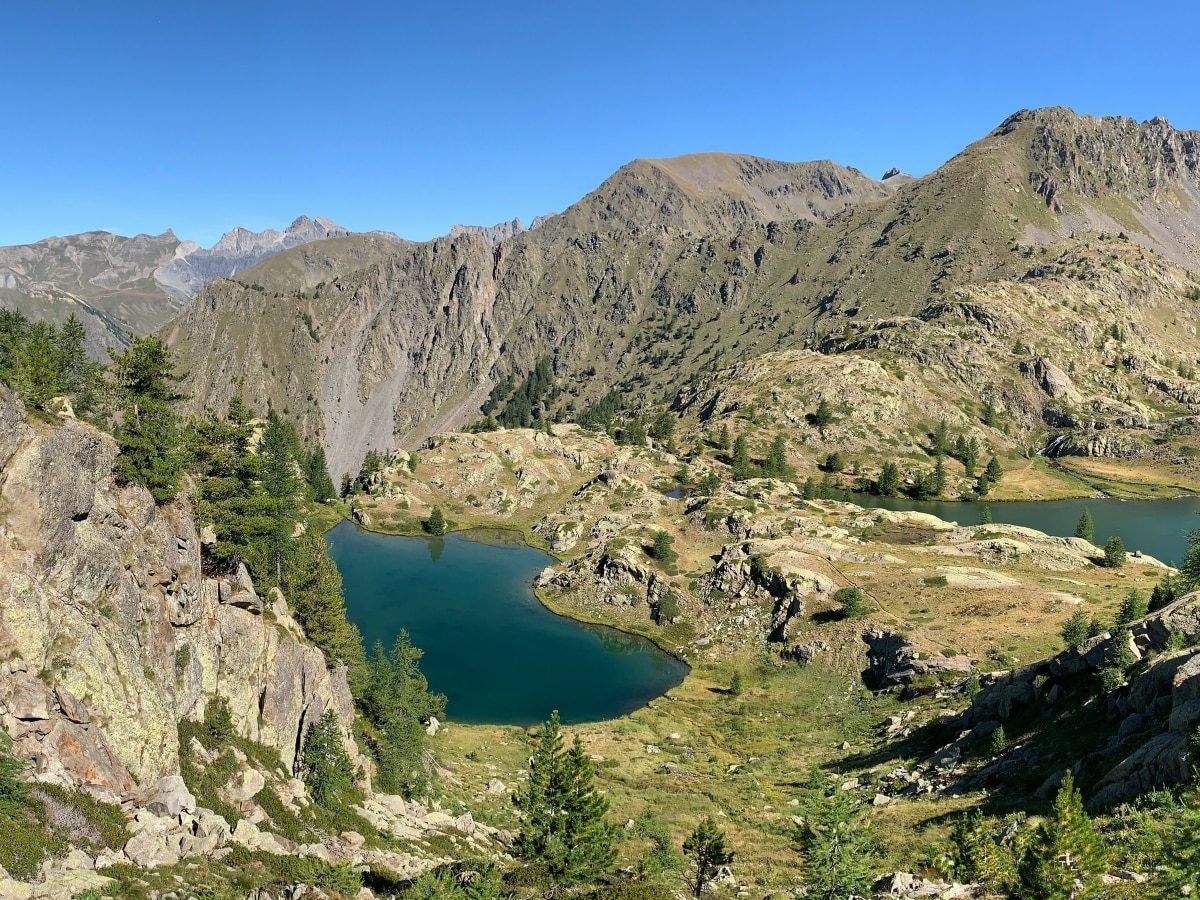
- Main Sites: The train stops at several remarkable spots, including Breil-sur-Roya and La Brigue—quiet mountain villages where time softens, and walking becomes the natural way to take it all in.
- Activities: In summer, onboard commentary adds depth to the journey, tracing the contours of the landscape through stories of geology and time. The Vallée des Merveilles stands out in particular—famous for its Bronze Age carvings, etched directly into the rock face by hands long gone.
Other options for mountain lovers:
- Hiking in Tende: From the town, a web of trails stretches outward—some leading into the Vallée des Merveilles itself, where the silence carries something ancient, and the stones speak without words.
- The Museum of Wonders: Located in Tende, the museum offers more than displays—it opens a window into the meaning behind the carvings, their age, and the people who once passed through these valleys.
The Côte Bleue Line: Between Marseille and Miramas
From Marseille to Miramas, the train hugs the coastline like it remembers every bend. The Côte Bleue line doesn’t rush—it curves wide, then tight again, brushing against cliffs that rise white and sudden from the sea. Calanques appear, stark and bright, then vanish behind turns. The road can’t reach these places. Only the train slips past, frame by frame, like pages turning in a quiet story.
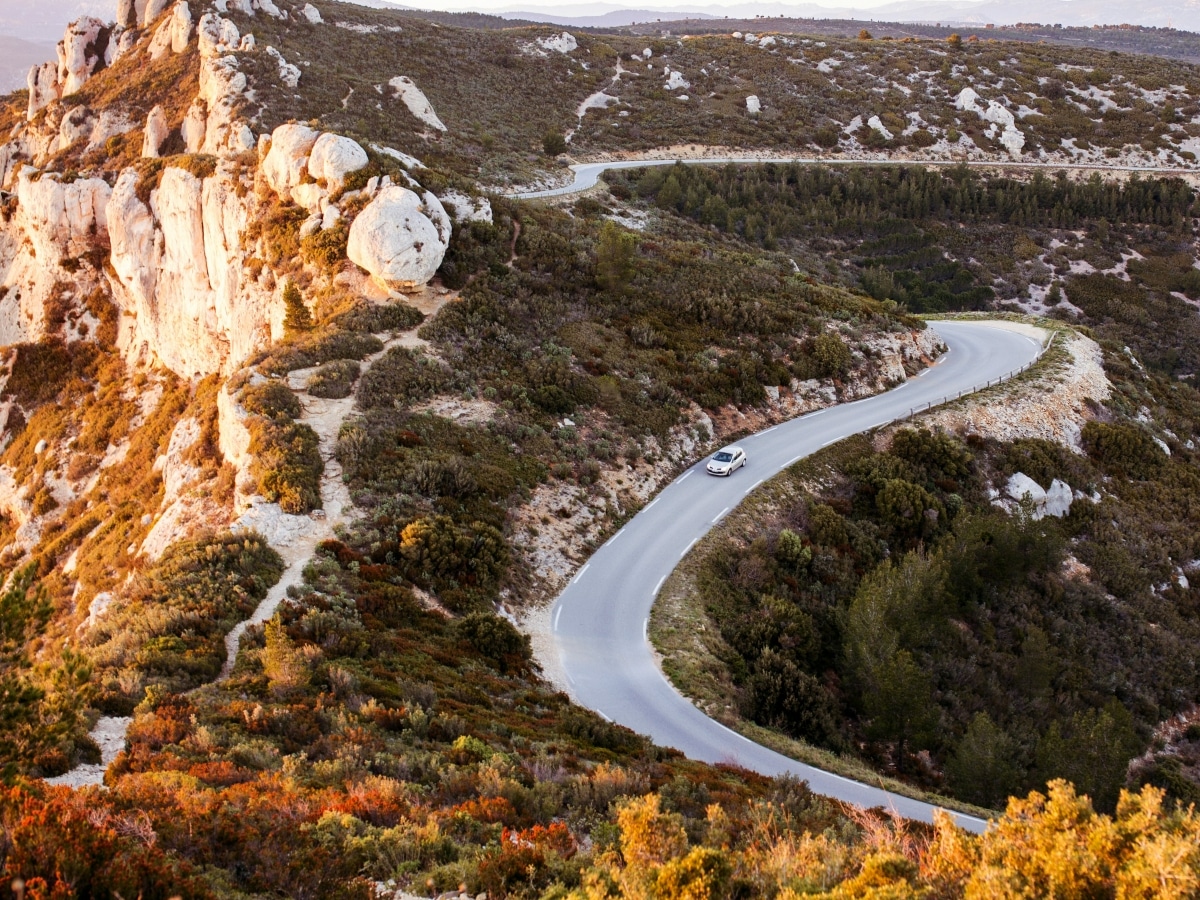
Stops not to be missed:
- L’Estaque: Cézanne once stood here, brush in hand, chasing the light that still hits the stone just so. It hasn’t softened with time. There’s grit in the color, angles in the sky. Something untamed remains.
- Carry-le-Rouet: The kind of stop where time dilates. A slow lunch, the hush of waves underfoot, maybe a quick swim—or not. It’s enough just to sit still and let the salt air settle in.
- Niolon: Tucked into the hills, looking out over its own little cove, Niolon keeps things simple. A beach, a few boats, trails that begin without fanfare. Nothing announces itself here. That’s the point.
French Riviera tourist trains: an authentic experience
Some trains along the French Riviera aren’t about speed or efficiency. They’re about pause. About letting the land speak a little louder. These tourist lines weren’t made to rush anyone. They open up the scenery, stretch time, and offer a different way through—one that leans into curiosity rather than arrival.

- The Train des Pignes: From Nice to Digne-les-Bains, it meanders. No urgency. Just the slow unfolding of Provençal hills, villages that blink past without sound, and fields where colors change with the month. Somewhere past halfway, the air seems sharper. The Haut Pays doesn’t greet you—it lets you settle in, quietly, at its pace.
- The Steam Train des Pignes: In summer, the old engine takes the lead. Steam puffs like memory. Wood creaks underfoot. Windows slide open, not always easily, and the countryside drifts by like something half-remembered. It doesn’t feel like reenactment. More like a return—brief, gentle, and entirely out of step with now.
Practical tips for travelling by train on the French Riviera
- Tickets: Buying online usually comes with an edge—especially on TER routes. Prices dip a bit, and during the crowded summer months, seats disappear faster than expected. Booking early helps avoid the scramble.
- Regional Pass: The “Zou!” pass from the Provence-Alpes-Côte d’Azur region lets you travel freely across the TER network at a lower cost. If you’re thinking of jumping from town to town, it takes the pressure off—no need to count stops or tickets.
- SNCF App: Not flashy, but useful. The SNCF app keeps your journey in hand—live schedules, delay alerts, updates when you need them. One glance and you know whether to rush, pause, or grab another coffee.
